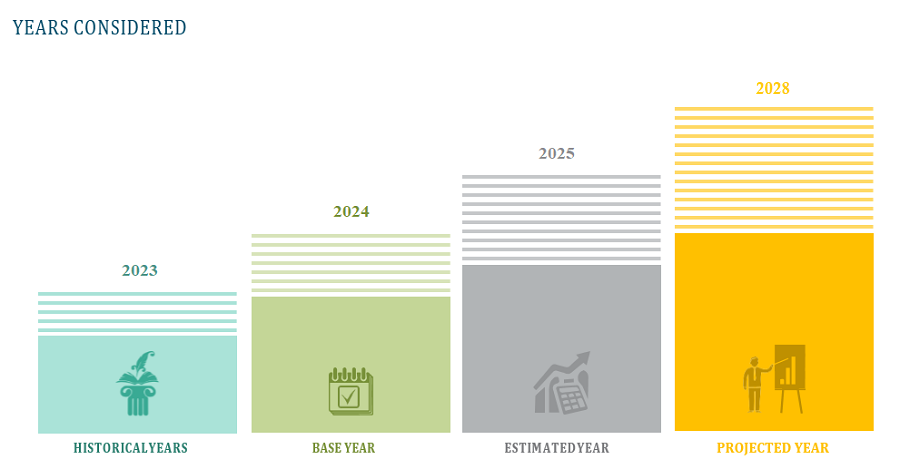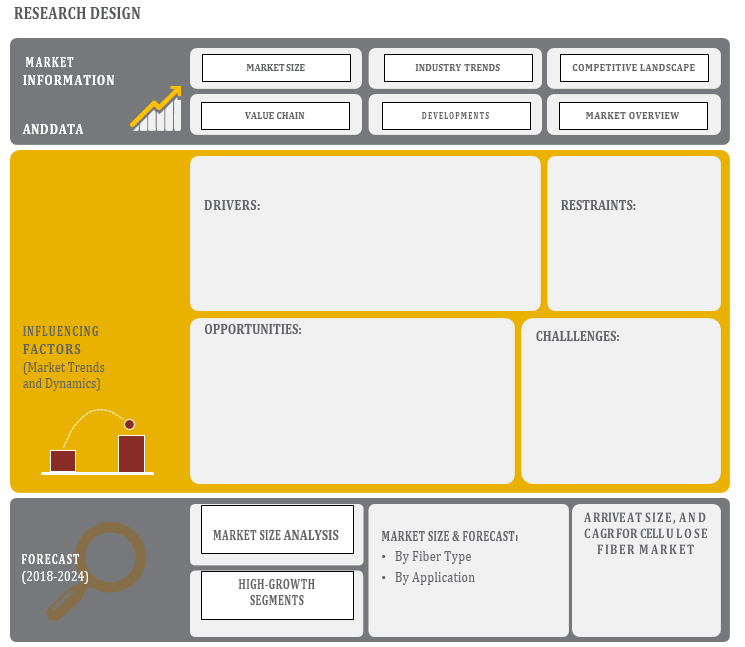OVERVIEW
Research by Global Market Studies has reported a CAGR of 33.7% for the Delivery Robots Market, expecting to expand to a value of USD 1.8 billion by 2028.
The Delivery Robots market is a rapidly growing industry that utilizes autonomous robots for the purpose of delivering goods and packages to customers. These robots can navigate through various terrains and obstacles and they are equipped with sensors and cameras that allow them to detect and avoid obstacles in their path.
The market is mainly driven by the increasing demand for efficient last-mile delivery solutions, as well as the need for automation and robotics in various industries. The retail industry has seen a significant increase in the use of delivery robots, as e-commerce companies look for ways to speed up the delivery process and reduce their operational costs.








TABLE OF CONTENT
1 Global Delivery Robots Market
1.1 Study Objectives
1.2 Market Definition
1.3 Study Scope
1.3.1 Markets Covered
1.3.2 Geographic Scope
2 RESEARCH METHODOLOGY
2.1 Research Data
2.1.1 Secondary Data
2.1.1.1 Key Data From Secondary Sources
2.1.2 Primary Data
2.1.2.1 Key Data From Primary Sources
2.1.2.2 Key Industry Insights
2.1.2.3 Breakdown of Primaries
2.2 Market Size Estimation
2.2.1 Bottom-Up Approach
2.2.2 Top-Down Approach
2.3 Market Breakdown and Data Triangulation
2.4 Research Assumptions
3 Global Delivery Robots Market – Executive Summary
3.1 Market Revenue, Market Size and Key Trends by Company
3.2 Key Trends by type of Application
3.3 Key Trends segmented by Geography
4 Global Delivery Robots Market – Comparative Analysis
4.1 Product Benchmarking – Top 10 companies
4.2 Top 5 Financials Analysis
4.3 Market Value split by Top 10 companies
4.4 Patent Analysis – Top 10 companies
4.5 Pricing Analysis
5 Global Delivery Robots Market – Industry Market Entry Scenario
5.1 Regulatory Framework Overview
5.2 New Business and Ease of Doing business index
5.3 Case studies of successful ventures
5.4 Customer Analysis – Top 10 companies
6 Global Delivery Robots Market – Market Forces
6.1 Introduction
6.2 Market Dynamics
6.2.1 Drivers
6.2.2 Opportunities
6.2.3 Challenges
6.3 Porters Analysis of Market
6.3.1 Bargaining power of suppliers
6.3.2 Bargaining powers of customers
6.3.3 Threat of new entrants
6.3.4 Rivalry among existing players
6.3.5 Threat of substitutes
7 Global Delivery Robots Market – Strategic Analysis
7.1 Value Chain analysis
7.2 Product Life Cycle
7.3 Supplier and distributor analysis (Market share and product dealing strategies)
8 Global Delivery Robots Market – By Load Carrying Capacity (Market Size – & million/billion)
8.1 Up to 10.00 kg
8.2 10.01–50.00 kg
8.3 More than 50.00 kg
9 Global Delivery Robots Market – By Component
9.1 Hardware
9.2 GPS
9.3 Cameras
9.4 Radars
9.5 Ultrasonic/LiDAR Sensors
9.6 Control Systems
9.7 Chassis and Motors
9.8 Others
10 Global Delivery Robots Market – By End-User
10.1 Food & Beverages
10.2 Retail
10.3 Healthcare
10.4 Postal
10.5 Others
11 Global Delivery Robots Market – By Geography (Market Size – & million/billion)
11.1 Introduction
11.2 North America
11.2.1 US
11.2.2 Canada
11.2.3 Mexico
11.3 Europe
11.3.1 U.K
11.3.2 Germany
11.3.3 Italy
11.3.4 France
11.3.5 Spain
11.3.6 Rest of Europe
11.4 Asia-Pacific
11.4.1 China
11.4.2 Japan
11.4.3 India
11.4.4 South Korea
11.4.5 Rest of APAC
11.5 Rest of the World
11.5.1 South America
11.5.2 Middle East
11.5.3 Africa
12 Global Delivery Robots Market – Entropy
12.1 New product launches
12.2 M&A’s, collaborations, JVs and partnerships
13 Global Delivery Robots Market Company Profile (Key Players)
13.1 Market Share, Company Revenue, Products, M&A, Developments
13.2 Starship Technologies
13.3 Jd.Com (Jingdong)
13.4 Panasonic System Solutions Asia Pacific
13.5 Savioke
13.6 Boston Dynamics
13.7 Robomart
13.8 Eliport
13.9 Nuro
13.10 Amazon Robotics
13.11 Robby Technologies
13.12 Company 11 & more
14 Global Delivery Robots Market – Appendix
14.1 Sources
14.2 Abbreviations











